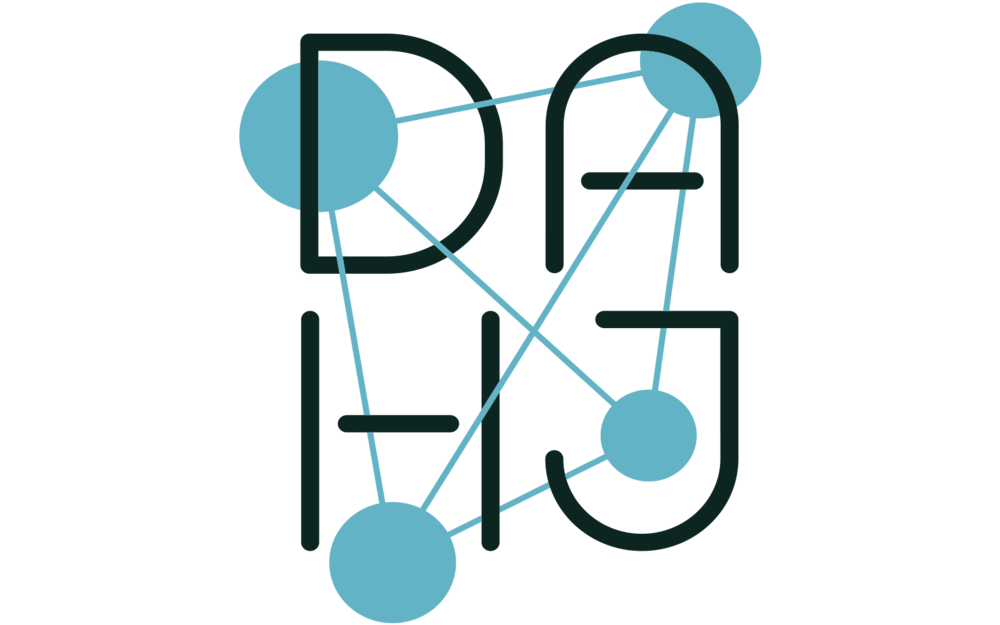The International Journal of Digital Art History (DAHJ) responds to cutting-edge scholarship concerning extended reality technologies. Today, mixed reality is poised to be just as transformative as analog film and photography, which radically reorganized many domains of modern life (including communication, science, politics, and art). This potential has become increasingly apparent in the face of the COVID-19 pandemic, wherein virtual landscapes have begun to serve as critical contact zones for practitioners of social distancing.
Despite an increasing awareness of these technologies (or perhaps, because of it), the role of mixed reality as a tool for art history and cultural heritage poses a series of unanswered questions for our community:
Embodied VR’s ability to register phenomenologically significant aspects of visual culture that cannot be relayed by photography (immersion, motion parallax, stereopsis).
Augmented Reality displays and mobile interfacing in museum contexts.
Mixed Reality as a historical phenomenon: potential intersections with prior constructions/ discourses of spectacle and realism.
Virtual landscapes and emergent technologies in art and art history.
Mixed reality applications that empower marginalized communities or engage at-risk heritage sites.
The title of our sixth call is “Horizons of Mixed Reality.” In art, the horizon line directs the viewer’s gaze, grounding them in a specific place that notionally extends towards infinity. Horizons are also liminal spaces — thresholds through which new frontiers are discovered and navigated. This call seeks to identify and explore those spaces for art history.
Art historian, curator, and digital humanist Francesca Albrezzi is the guest editor of this call. She currently works as a Digital Research Consultant at UCLA’s Institute for Digital Research and Education. Her research interrogates modes of publishing, display, and information capture in museums and archives that illustrate a break from “traditional” models, and argues that digital modalities provide a distinctly different paradigm for epistemologies of art and culture.
The featured author for this call is Britt Salvesen. Salvesen joined LACMA in October 2009 as curator and head of the Wallis Annenberg Photography Department and the Prints and Drawings Department. Her recent curatorial projects at LACMA include Robert Mapplethorpe: The Perfect Medium (2016); Guillermo del Toro: At Home with Monsters (2016); Alejandro G. Iñárritu: Carne y Arena, virtually present, physically invisible (VR installation, 2017–18); and 3D: Double Vision (2018).
We welcome articles from art historians, curators, conservators, information scientists, and writers from other related disciplines who are concerned with these topics. This open call aims to include marginalized scientific perspectives from different and diverse global communities.
The call is now open and first articles are to be published in the first quarter of 2021. To submit articles, please register first and review the information for authors. We will be publishing articles on a rolling basis.

